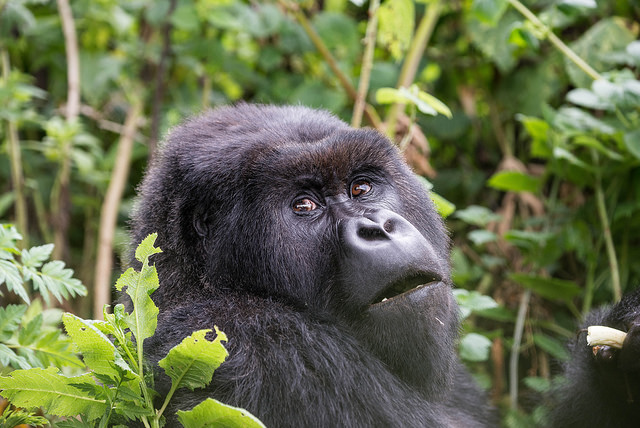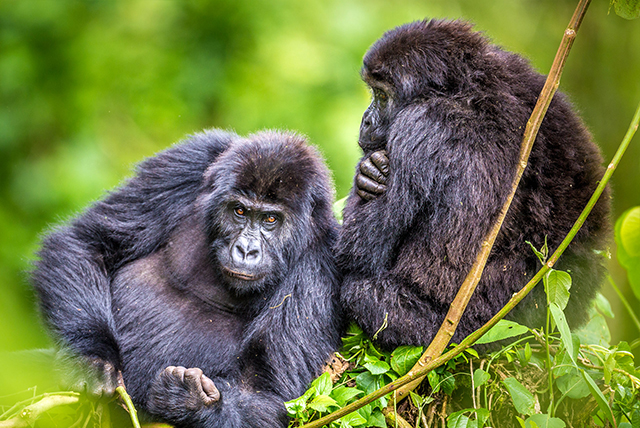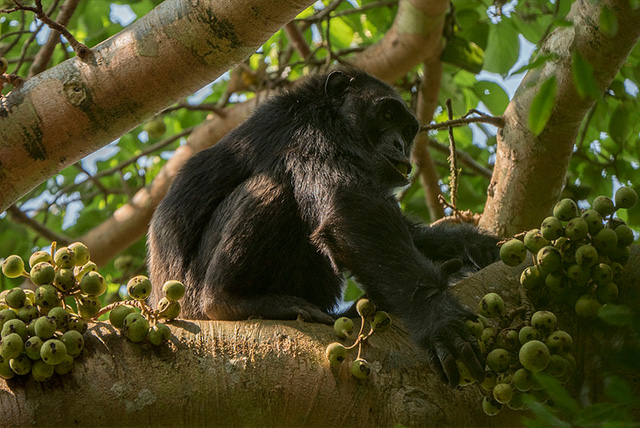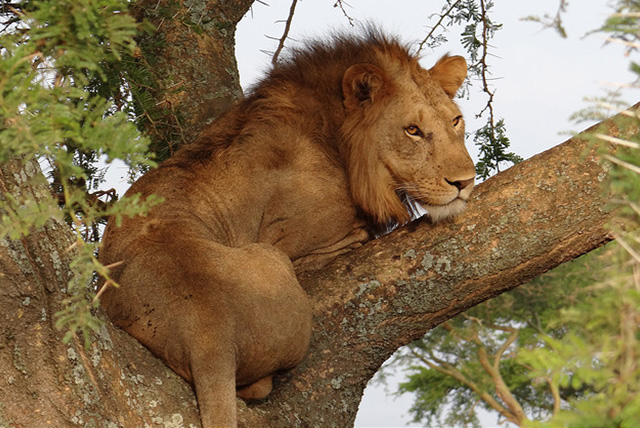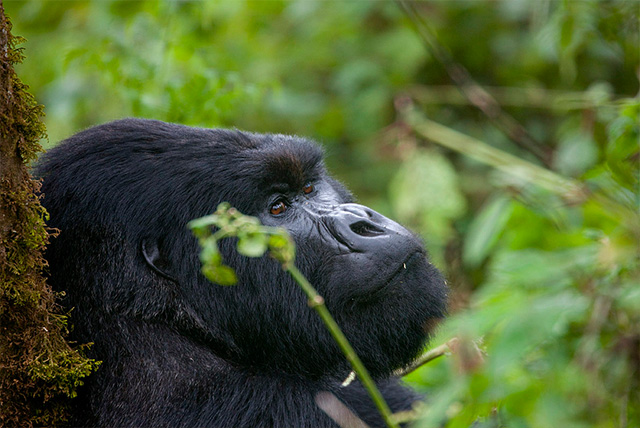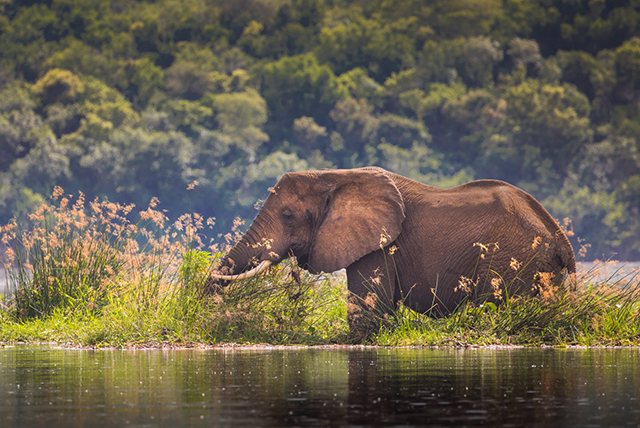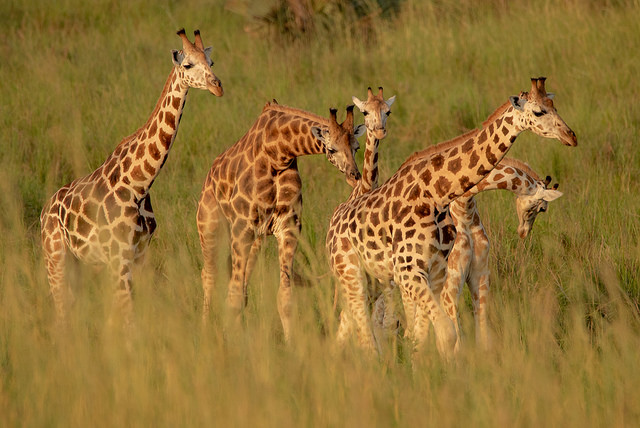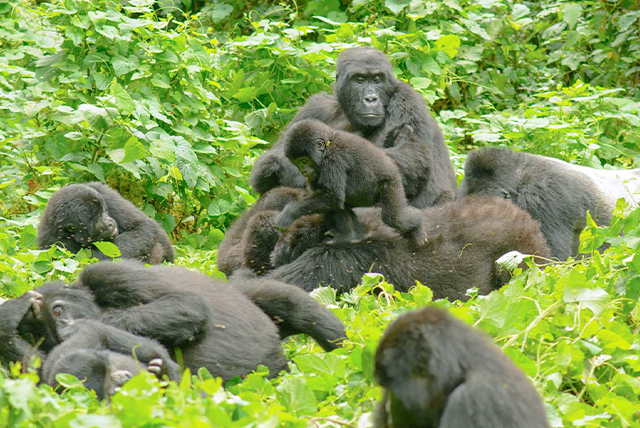Olduvai Gorge
Discover the fascinating details of Olduvai Gorge, including its museum, rich history, reviews, and captivating photos.
Explore the intriguing details of Olduvai Gorge, from its fascinating history and remarkable fossils to the renowned discoveries that have taken place there. Check out the museum, read reviews, and enjoy a collection of captivating photos and videos. The Olduvai Gorge stands out as one of the most remarkable archaeological sites in East Africa. In 1979, it was included among the remarkable sites recognized by UNESCO as a World Heritage Site. The gorge’s exposed rock walls reveal an intricate tale of human origins and the evolution of the Serengeti habitat.
Facts about Olduvai Gorge
In this remarkable place, Mary and Louis Leakey embarked on an incredible journey of research for more than thirty years, tirelessly excavating and uncovering the first fossils and artifacts that revealed vital chronological insights into our earliest human ancestors.
The researchers have uncovered remarkable discoveries, including the famous Zinjanthropus (Australopithecus boisei) cranium, alongside remnants of Homo habilis, believed to be the maker of the plentiful early stone tools found in deposits that date back 1.6 to 1.8 million years ago. Moreover, they have discovered traces of Homo erectus, a hominin species characterized by a larger physique and brain, which came before the earliest Homo sapiens.
The gorge invites exploration all year round. An experienced guide is essential for those eager to explore the ongoing archaeological excavations.
Discover the captivating rock formations and intriguing sediments in Olduvai Gorge.
Exploring Olduvai Gorge Exciting Archeological Tours
Olduvai Gorge Museum
The Olduvai Gorge Museum presents an exciting collection of fossils, stone tools linked to our hominid ancestors, and skeletal remains of various extinct animals that have been discovered within the gorge.
The museum came into existence in 1970, thanks to the efforts of Mary Leakey. In 2017, the Ngorongoro Conservation Area Authority embarked on an exciting journey to replace the old museum structure with a brand-new museum and visitors center.
The building of the new museum involved a range of exciting features, including the growth and improvement of exhibits to enrich the learning journey for guests. Moreover, a cultural boma was woven into the design, providing areas for visitors to explore various aspects of Maasai culture. Additionally, the project featured the creation of a quaint restaurant and a sheltered viewing platform reminiscent of a theater, offering guests an enchanting perspective to appreciate the gorge. The design and construction of the newly established museum, visitor center, café, and theatre-like viewing platform incorporated the use of quartzite stones.
Alongside the captivating indoor exhibitions of the museum, there are also exciting outdoor lecture spots where museum curators engage with visitors through orientation presentations. Inside the museum, guests can embark on a guided tour that winds through the canyon, unveiling other remarkable locations along the way. These encompass the Zinj site, found about 1 kilometer away, the Mary Leakey Museum positioned 2 kilometers distant, the Shifting Sand area located 10 kilometers from here, the Nasera Rock site at a distance of 33 kilometers, and lastly, the Olkarien canyon, which is roughly 60 kilometers away.


